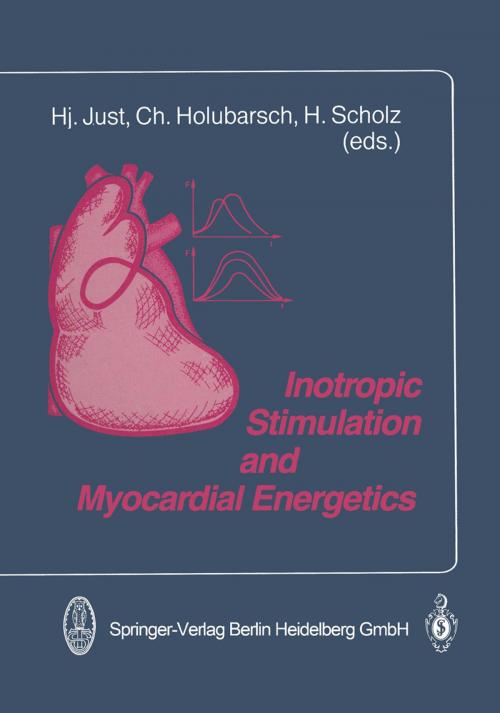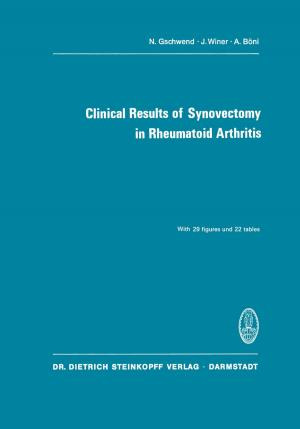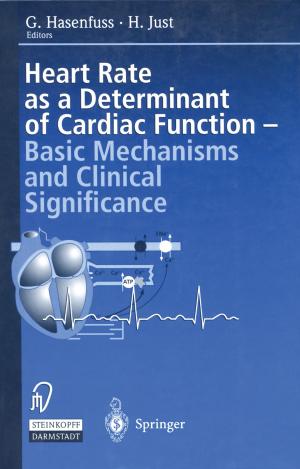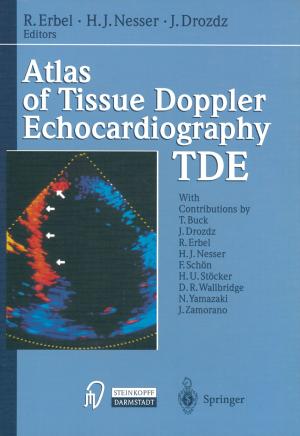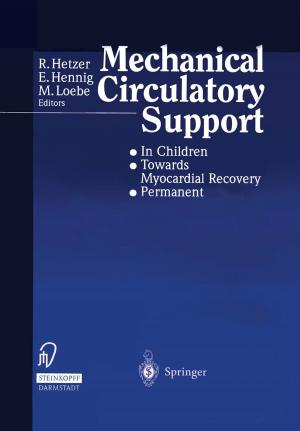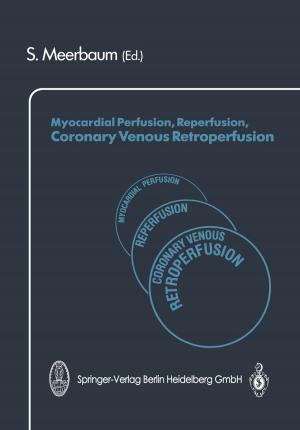Inotropic Stimulation and Myocardial Energetics
Nonfiction, Health & Well Being, Medical, Medical Science, Physiology, Specialties, Internal Medicine, Cardiology| Author: | H. Just, C. Holubarsch, H. Scholz | ISBN: | 9783662079089 |
| Publisher: | Steinkopff | Publication: | March 14, 2013 |
| Imprint: | Steinkopff | Language: | English |
| Author: | H. Just, C. Holubarsch, H. Scholz |
| ISBN: | 9783662079089 |
| Publisher: | Steinkopff |
| Publication: | March 14, 2013 |
| Imprint: | Steinkopff |
| Language: | English |
Inotropic stimulation of the myocardium, as well as vasodilation and diuresis as essential principles in the treatment of congestive heart failure have recently met with considerable criticism and reevaluation. It is generally agreed that unloading of the heart, either through vasodilation and/or diuresis, improves the working conditions of the dilated, failing heart. It reduces myocar dial oxygen consumption through reduction of chamber radius and, thereby, wall tension as the major determinants of myocardial oxygen consumption. Inotropic stimulation, quite in contrast, does not conserve oxygen. It rather consumes energy and that may be disadvantageous in situations of compromised oxygen supply and energy metabolism of the working myocardium. However, under conditions of suf ficient oxygen supply and metabolic support inotropic stimulation may bring about in creased pumping and subsequent improvement of myocardial failure. In recent years it could convincingly be demonstrated that vasodilation leads to symp tomatic improvement of congestive heart failure, improvement of exercise tolerance, and it prolongs life - especially in the case of ACE-inhibitors and the combination of hydra lazine with long-acting nitrates. Quite in contrast, equally beneficial effects could not be demonstrated for inotropic agents in congestive heart failure. Only for the cardiac glyco sides has it been shown that beneficial effects can be achieved, especially if atrial fibril lation with absolute arrhythmia is present. The influence of the cardiac glycosides on the latter represents an effect which is independent of the inotropic action.
Inotropic stimulation of the myocardium, as well as vasodilation and diuresis as essential principles in the treatment of congestive heart failure have recently met with considerable criticism and reevaluation. It is generally agreed that unloading of the heart, either through vasodilation and/or diuresis, improves the working conditions of the dilated, failing heart. It reduces myocar dial oxygen consumption through reduction of chamber radius and, thereby, wall tension as the major determinants of myocardial oxygen consumption. Inotropic stimulation, quite in contrast, does not conserve oxygen. It rather consumes energy and that may be disadvantageous in situations of compromised oxygen supply and energy metabolism of the working myocardium. However, under conditions of suf ficient oxygen supply and metabolic support inotropic stimulation may bring about in creased pumping and subsequent improvement of myocardial failure. In recent years it could convincingly be demonstrated that vasodilation leads to symp tomatic improvement of congestive heart failure, improvement of exercise tolerance, and it prolongs life - especially in the case of ACE-inhibitors and the combination of hydra lazine with long-acting nitrates. Quite in contrast, equally beneficial effects could not be demonstrated for inotropic agents in congestive heart failure. Only for the cardiac glyco sides has it been shown that beneficial effects can be achieved, especially if atrial fibril lation with absolute arrhythmia is present. The influence of the cardiac glycosides on the latter represents an effect which is independent of the inotropic action.
